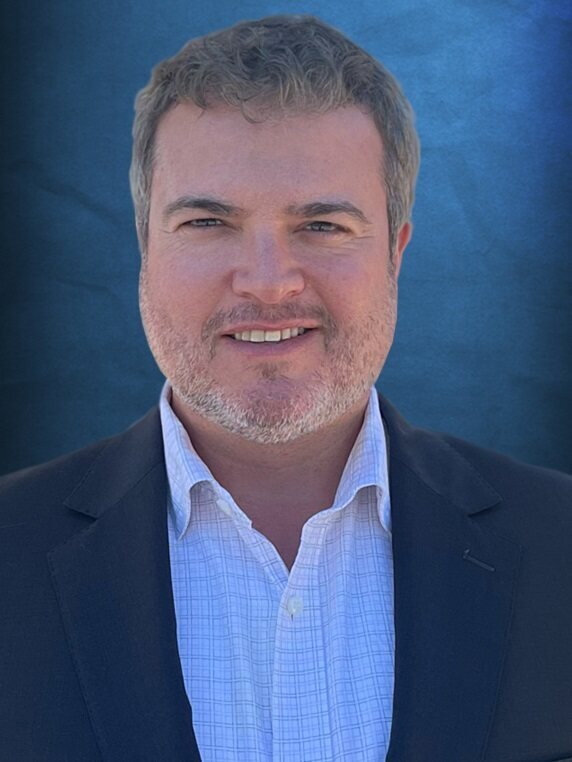As many of us know, Risk Adjustment is an area of healthcare where technology and systems make it hard to accurately report at the practice level. But, this piece of the revenue puzzle is often critical not only to the financial well-being of payers, but to the programs and offerings available to patients who need them. Further, a small but incrementally important source of practice revenue in the COVID era is taking advantage of payer incentives for Risk Adjustment and related programs (such as submitting SOAP Notes whenever possible). These small Risk Adjustment tasks may seem tedious, but for 10 minutes of work, practices can unlock additional revenue; and of course, those small payments quickly add up over the course of a month or a year – for example with an incentive of $100, a practice seeing 250 patients can earn an additional $25,000 with some nominal effort.
With the practice stuck in the middle between payer demands and optimal patient care, Risk Adjustment reporting is often a sore spot, as practices face the burden of training, education, coding, detailed documentation, multi-system use and data entry, and more. This, paired with little direct and clear financial support to practices for these tasks, makes the effort difficult for practices to invest in.
Providers diagnose, document and code with the patient in mind and ultimately to get the claim paid, not with “did I enter the highest specificity into the right platform so that the risk-score is captured properly for the payer” in mind. At Medical Advantage, we see this often, where the provider had requirements placed on them, but (rightfully) prioritizes seeing and treating patients, (along with running their office), over added data entry, leaving Risk Adjustment systems with few submissions, and pain-points in the data.
Still, HCC (Hierarchical Condition Coding) Risk Adjustment – and the dependence on physicians to address gaps – isn’t going away. Enrollment in Medicare Advantage plans continues to increase; in fact, enrollment in Medicare Advantage has more than doubled in the past decade, from 10.5 million patients in 2009 to 22.0 million patients in 2019, according to the Kaiser Family Foundation. As such, financial viability and care delivery offerings are directly impacted.
Previous approaches that wholly lean on technology solutions are neither sufficient nor sustainable approaches. There is significant opportunity to invest in supporting the practice and the technology solution by modeling a comprehensive approach built upon the right people, the right tools and the right processes. Healthcare organizations that not only focus on data-driven analytics – but also optimize their EHR and offer direct and specific in-office support and education – will produce data capture, better documentation, and improved processes – leading to more accurate HCC Risk Adjustment coding and improved quality of care.
This is where a combination of skilled people and technology yields results. One of Medical Advantage’s strengths is our in-practice delivery model; we meet and work with practice staff at the office location (per client COVID preferences), while using our expertise to meet the needs and goals of a program or platform, regardless of the technology type. Often, collaborative partnerships are just as critical as the tools themselves. Medical Advantage works to assess and apply practical, meaningful and impactful methodologies within a practice’s current processes and programs. Our methodology includes working across payer and providers to ensure both parties understand the others’ needs, barriers, and improvement aims.
Our years working inside practices has taught us that technology solutions aren’t sufficient on their own. Installing a new tool or providing access to a new data portal does not immediately change practice operations nor workflows. For sustainable change to occur, we need practice and change experts with deep knowledge in Risk Adjustment working to support the use and adoption of new technology. Working in practices, and with practices, to reduce the burden of the technology by either making it work more efficiently – or adapting usage or features of the technology itself that still meet the goals and needs of the program and practice – are realities of many practices.
At the onset of Risk Adjustment technology, we heard client practice staff say that manual Risk Adjustment coding was time consuming and inefficient, yet the onset of technology comes with its own barriers. Technology still requires quality assurance checks, which add their own complexities for practices to understand the methodologies, attributions and realizations behind the data that the technology solution is providing. It is difficult to have deep insight into how the Risk Adjustment process is performing on the back end of the platform, making user-facing checks and balances critical. The technology solutions provide good aggregation and overall identification of performance but implementing effective ways to improve and utilize the technology to work for the practice, in the office, is a major piece missing from the puzzle. Ultimately, the goal is to facilitate collaboration in the office, enabled by technology.
In-practice support isn’t the only non-technology solution to consider. Aligning organizations, their leaders and their partner practices on clear goals, incentives and structures is a foundational strategy worth investing in. As this work often requires longer adoption, educating clinicians and provider group leaders along the way is important. Having clinical leaders who understand, and champion adoption is an important tool for organizations to consider for engagement strategies.
When considering a tool or technology platform, it’s just as critical to understand the downstream processes of adoption, education, continuous training, and in-office support provided either by that technology vendor directly, or through third-party consultants like Medical Advantage Group. Don’t let the excitement of having a new analytics tool deter you from keeping in mind that the data is only as good as the willingness of people to use the technology. Fully embracing and accurately using the technology is a critical strategy worth investing in. With long-term adoption and consistent use, users will achieve the full benefit of the tool.
Making data insights that are actionable in-practice is a unique approach, as it’s not just about HEDIS or STARS, but about gaps-in-care. Where the reports identify gaps-in-care – care coordination, specialist referral processes, lean disciplines, community referrals and feedback loops, and more – practices must implement the support and closure of care gaps to achieve success in the patient’s full spectrum of care.
To learn more about how Medical Advantage can assist your practice in reaching Risk Adjustment goals and success, contact us today.





